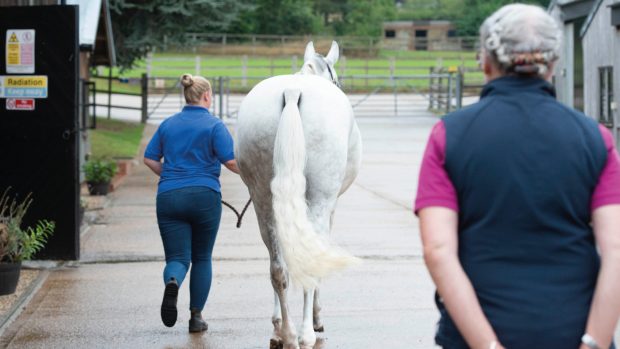Equine insurance cover is only as good as the service you receive when you make a claim, so here are some tips to help the process run smoothly.
- Let your insurer know as soon as possible when you need to make a claim
- Check if your vet and insurer will liaise directly, as this can speed up the process
- Make sure you complete the claim form in full to reduce the risk of the claim being held up
- Keep copies of all vet reports and your bills if you are making the claim yourself
- Read the terms and conditions of your policy before you take it out and be fully aware of what your insurance covers, for example, some policies do not provide full cover for MRI scanning
- Check you know what excess you need to pay and be aware this can differ from insurer to insurer. Some companies charge higher excesses for bigger claims
- Be aware that an insurance company will not pay out for anything unless the vet says it is necessary. If you want complementary treatments, make sure your vet approves them and they are covered by your insurance
- Check if you need a vet’s certificate if taking out a new policy
- Be honest in all your dealings with the insurance company
- Make sure your horse is insured for all the activities you are going to use it for or a claim may not be covered if an accident occurs, for example out hunting, when you haven’t said the horse will be used for this activity
- Tell the insurance company of any previous conditions your horse has had, whether you have made a claim or not. When making a claim the insurance company will usually ask for a veterinary history of your horse
Looking for horse insurance? Try Horse & Hound’s insurance comparison service at horseandhound.co.uk/insurance
This feature was first published as part of a piece in Horse & Hound (3 December 2009)




